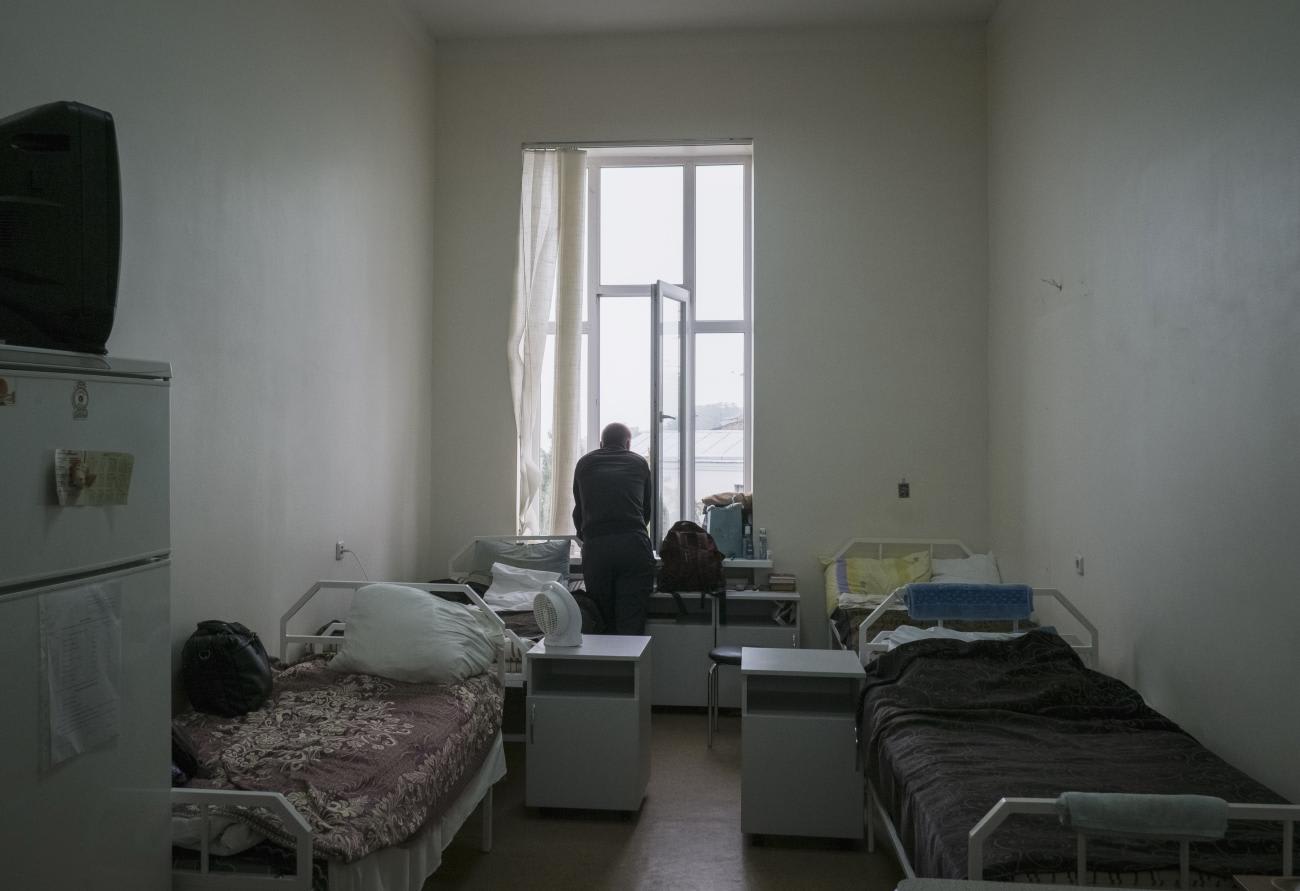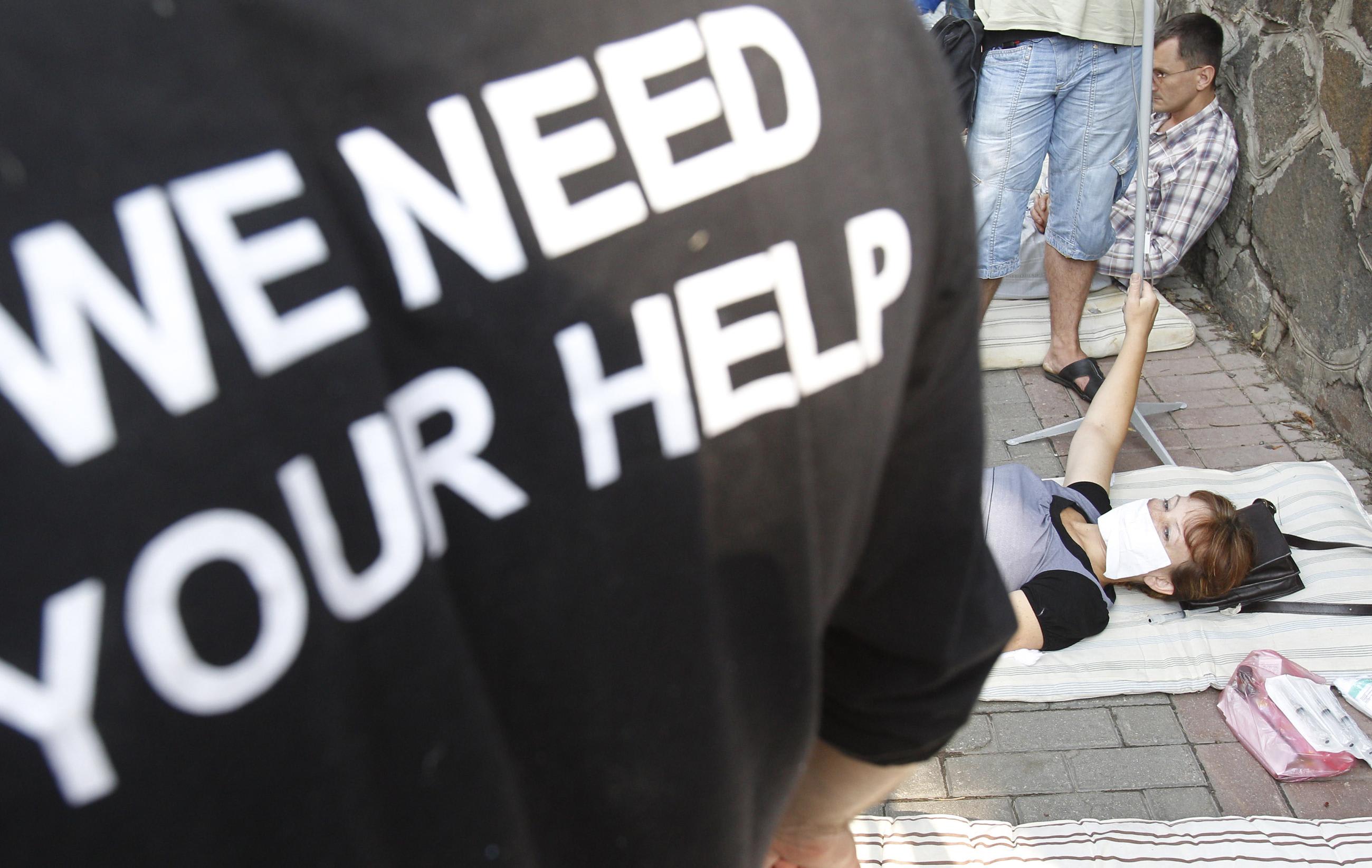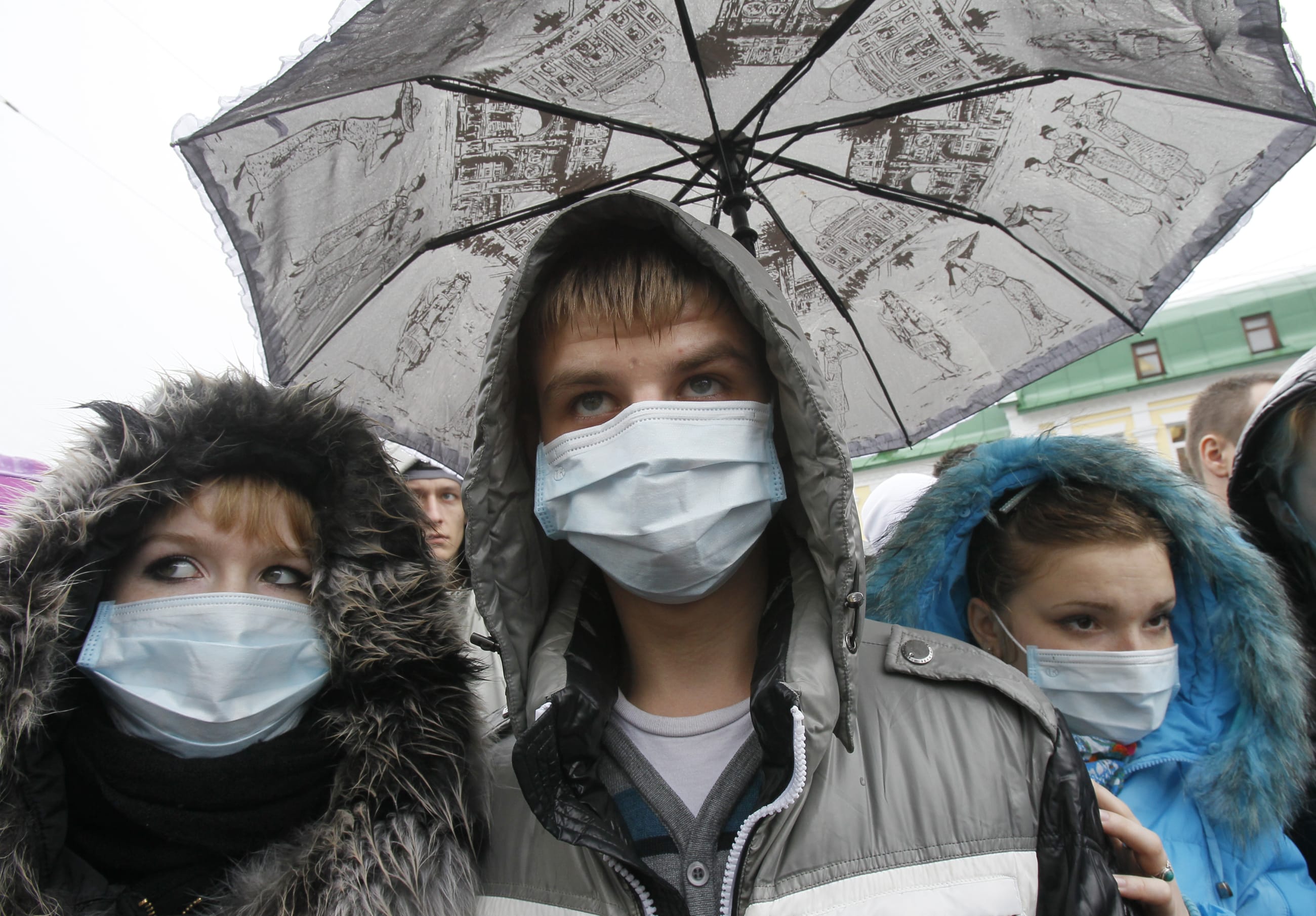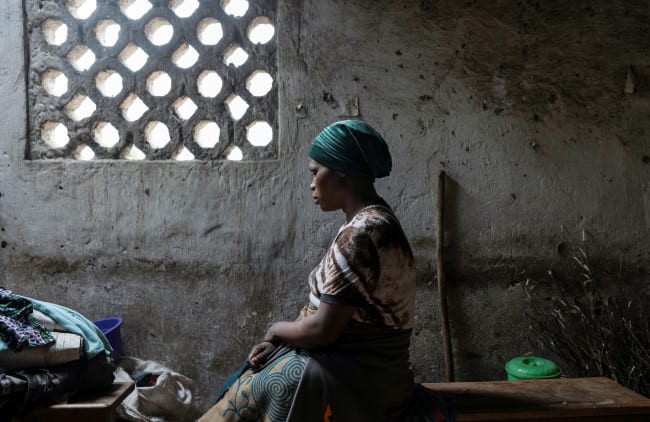When the first Russian missiles fell in Ukraine in February of 2022, governments and their health sectors leapt into action. Organizations such as the Global Fund to Fight AIDS, Tuberculosis and Malaria and the joint UN Program on HIV/AIDS swooped in to offer medications and fund vital health services as a less apparent HIV crisis brewed. Ukraine has long been Europe's HIV anomaly, exceeding the EU average new case rate by more than six times, with transmission primarily occurring by injection drug use rather than sexual contact. Now, as millions of Ukrainians who fled the country to take refuge in Poland, western Europe, and around the globe settle into their new homes, a regional outbreak of HIV may be imminent. Conflict-related migration is strongly correlated with heightened HIV transmission given that refugees with HIV experience care disruptions that reverse ART-induced viral suppression, and refugees at risk of contracting HIV are unable to access testing services. Among Ukrainian refugees, who include people who use or have used drugs, criminalization-focused drug policy in refugee recipient countries can further contribute to increased HIV rates by driving them away from needed health services. Combined and ignored, these factors have the potential to breed a new European HIV epidemic.
Ukraine has long been Europe's HIV anomaly, exceeding the EU average new case rate by more than six times
Ukraine and HIV
The methods by which HIV has historically been transmitted and treated in Ukraine differ starkly from those in western Europe. In the Soviet Union, HIV cases among gay men and people who use drugs caused its association with marginalized groups and stigmatized behaviors. After the fall of the USSR, that association persisted and discouraged harm reduction services, such as syringe exchanges. As a result, and unlike in the majority of the world, the primary transmission mode for HIV in Ukraine and Russia was injection drug use, and HIV has always been tightly entwined with substance use. However, opioid agonist therapy (OAT) for substance use disorder, which reduces cravings and lowers the likelihood of engaging in higher-risk injection drug use, has historically been difficult to access because of stigma around both HIV and substance use — in Russia, the treatment is illegal.
After the anticorruption Euromaidan protests of 2014, Ukraine's slowly liberalizing government increased access to OAT through private clinics and became friendlier to harm reduction organizations. These tactics steadily reduced the country's perilously high HIV rates and engaged marginalized groups in health care, including people who use drugs, sex workers, and males who have sex with males. By 2022, Ukraine's HIV rates remained high but showed a clear downward trend. Several Russia-controlled regions, however—Crimea, Donetsk, and Luhansk—had higher HIV prevalence due to the criminalization of OAT and lower access to basic health services.
Early Invasion Migration in Poland
The eruption of conflict in Ukraine drove millions of Ukrainians to leave the country. Ten million of these refugees traveled to Poland, 1.57 million applying for temporary protected status to remain in the country indefinitely. The chaos of early border crossing and the stigma-related fear of HIV status disclosure made it impossible to calculate the number of refugees entering with HIV.

Early in the invasion, Poland made efforts to connect refugees to care and initiatives such as Health4Ukraine worked to integrate health-care records from Ukraine into Poland. For many Ukrainians with HIV or with an OAT prescription, however, the country's political climate made it difficult to access necessary health care. (Drug use in Poland is heavily criminalized, and HIV, which is concentrated among males who have sex with males, remains stigmatized.) OAT is available in only twenty-five clinics, mostly located in urban areas, and the country has sixteen specialized HIV clinics. Without access to OAT, refugees have a higher chance of returning to injection drug use and contracting or transmitting HIV. Although ART is more accessible, the lack of knowledge of HIV status due to an unfamiliarity with testing services has put many more Ukrainian refugees at risk of HIV-related complications. In one-third of Ukrainian refugees newly diagnosed with HIV in Poland, HIV has already progressed to an AIDS-defining condition, suggesting that many cases are going unnoticed until symptoms arise.
On the other hand, Poland has not ignored the potential HIV crisis it has inherited. Through the efforts of harm reduction organizations, Poland legalized take-home OAT for Ukrainian refugees to accommodate those who settled in rural areas. ART is free to anyone in Poland, and refugees and citizens alike can set appointments up online.
Migration To and Through Hungary
Meanwhile, in Hungary, Ukrainians have encountered a more hostile environment. Of the 2.3 million refugees who have traveled through Hungary, only around thirty-five thousand have applied for temporary protected status to remain in the country long term, in part because of the Hungarian government's neutral stance on the Russian invasion of Ukraine. Further alienating refugees is the state's attitude toward people with HIV and rampant stigma against at-risk communities, including people who use drugs. Within the past decade, Hungary has put increasingly prohibitive constraints on access to OAT and harm reduction services. Its anti-homosexuality law (and the inspiration for Florida's so-called Don't Say Gay bill) tightly constrains education on HIV. Even naloxone, the overdose reversal drug, is difficult to access in Hungary, and OAT is subject to intense restrictions.
Within these circumstances, Ukrainian refugees with HIV have received a clear implicit message that they are unwelcome in Hungary. Very few remain in Hungary today. The vast migration of Ukrainian refugees through the country, however, could have lasting repercussions on HIV transmission. If Ukrainian refugees with HIV traveling across Hungary engaged in high-risk behaviors such as unprotected sex or injection drug use without being virally suppressed, marginalized populations of people who use drugs, males who have sex with males, and members of the Roma minority could be particularly at a heightened risk for HIV.
Poland has only sixteen specialized HIV clinics
Deportation in Russia
Despite having absorbed the largest number of Ukrainians since the invasion began, Russia has a conspicuously dearth of refugee-related data. There, even before the invasion of Ukraine, HIV cases are increasing at a rate unmatched across the world. Even though HIV is predominantly transmitted by injection drug use, OAT remains illegal and harm reduction is subject to government persecution.
Post-invasion, Russia has scattered millions of Ukrainian refugees across its territory, most of them in rural areas that lack basic health services. These refugees, primarily from the eastern regions of Ukraine where HIV is most prevalent, have no way to access OAT. This increases their likelihood of returning to injection drug use and makes them vulnerable to higher rates of overdose and suicide, as occurred in Crimea following its 2014 annexation. Russia also has not engaged in any efforts to share medical records with Ukraine to connect Ukrainian deportees with HIV to treatment. Under these circumstances, the direst outcome—that 4.5 million Ukrainians, of whom around fifty thousand likely have HIV, have been deported to the far reaches of Russia without access to needed treatment—seems likely.
HIV After the Invasion
Today, the invasion of Ukraine grinds on, most placing its end at least six months away. Even after the war's conclusion, that Ukrainians will return to the country en masse is not guaranteed: many refugees in Poland intend to stay there for the foreseeable future, and Russia is likely to place restrictions on deportees' movement out of its territory. The invasion will reshape demographics in central and eastern Europe for years—and, with it, HIV transmission patterns. In central and western Europe, HIV transmission has historically been concentrated in males who have sex with males, but a greater number of Ukrainians with HIV in these countries could alter transmission dynamics, with injection drug use becoming a more prevalent mode of transmission. Poland, Hungary, and other countries that have received Ukrainian refugees have a responsibility to enact new strategies to keep HIV rates low among people who use drugs as risk behaviors shift. They also need to provide Ukrainian refugees who remain in the country access to health care and Ukrainian- or Russian-language services.
The focus on Ukraine's HIV epidemic throughout the Russian invasion has been beneficial and served to empower Ukrainian health services—in fact, wartime legalization of take-home OAT has led to more Ukrainians receiving treatment for substance use disorder than ever. To address the wider HIV epidemic in eastern and central Europe, however, a broader view is critical. As Ukraine rebuilds, a focus on HIV treatment and prevention that includes OAT access should remain a priority, for both Ukrainians in Ukraine and refugees in Poland, Hungary, and elsewhere. Expanding access to OAT and ART throughout the region is vital to ensure that transmission rates do not increase, especially in countries like where stigma stymies access to HIV prevention and treatment. Ending Ukraine's HIV epidemic is possible—but efforts cannot end at Ukraine's borders.













